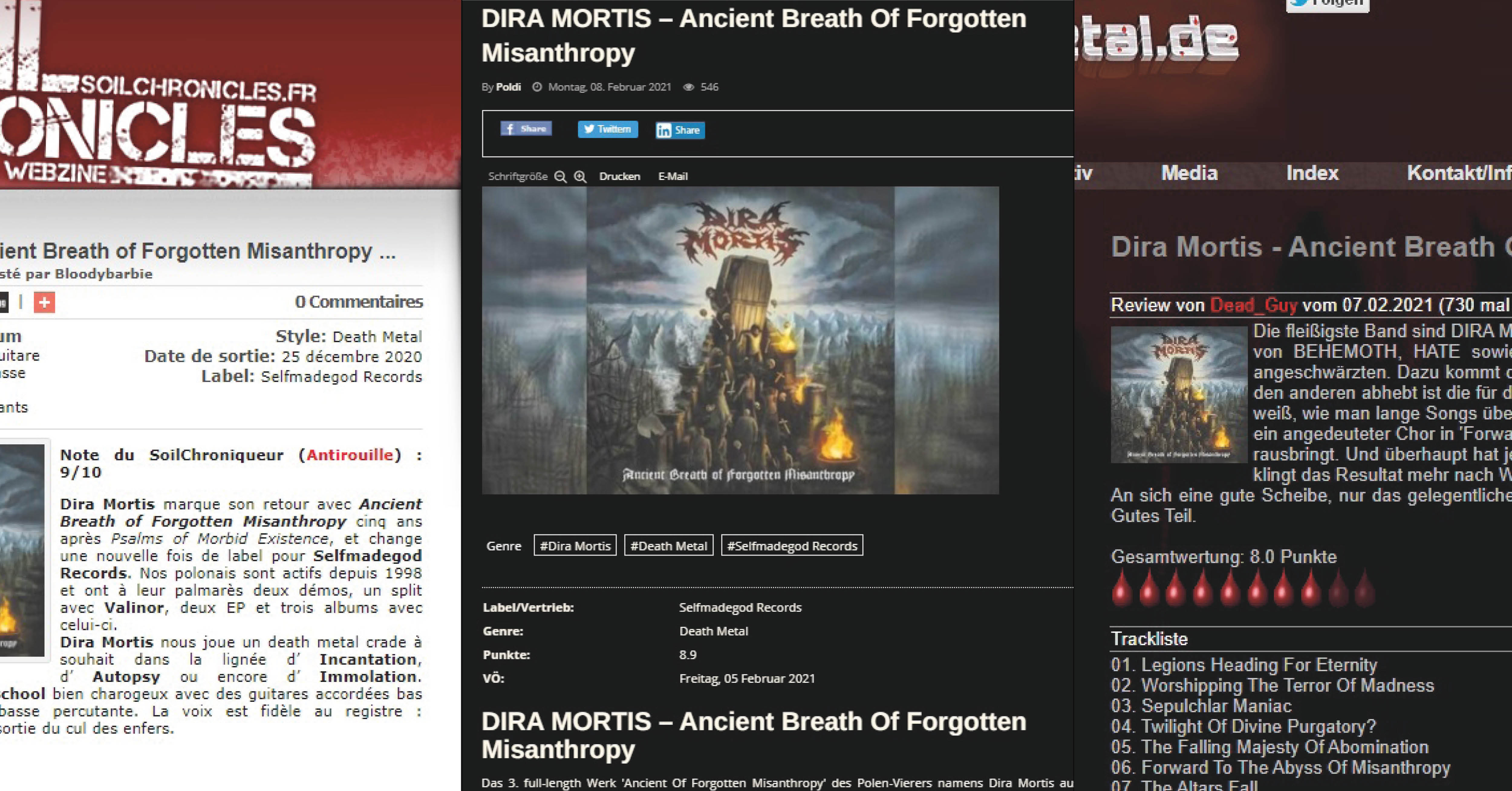

This makes the shifts the major 3rd interval up one string, allowing the player to play familiar chords shapes one strong lower. A popular variation of this tuning is when the G string is tuned up a semitone to G#. It also allows you to play in E standard as if the guitar has 6 strings. This 7-string guitar tuning is so popular because the intervals between the lowest strings are the same as on a six-string guitar. It’s the same as E standard, but the 7th string is tuned a fourth down from the low E, making it a low B. This is the standard tuning of the modern 7-string guitar. Used by: Trivium (Shogun), Haken (The Virus), Dream Theatre (many different songs).Minimum scale length: 25.5” (26”5 recommended).The dark sounds gives a very ominous and alerting sound that conveys certain emotions very well.īut enough of all that, let’s get into some of the most popular – and fun – 7 string guitar tunings…ħ String Guitar Tuning – B standard tuning (B-E-A-D-G-b-e ) Djent is an extreme form of metal often played with 8-9 string guitars tuned down to drop E (1 octave down) or even lower. As I said, entire genres have been built around this concept. That’s why it’s so popular in the darker genres of music. Whereas tuning up (or using a capo) is very popular with acoustic guitarists to give it a brighter feel, tuning down does the opposite. Why tune down? Tuning down gives the music a darker feel, which in term can enhance the feel a particular song is trying to convey. And some just want to use crazy alternative tunings for more possible songwriting flavours. Some want to be able to play a bassline along with a melody, as is a very popular style of playing these days (think of artists like Polyphia or Ichika Nito).
#Standard deathmetal tuning full#
Why use a seven-string? Some players want to be able to play lower notes while still having the full treble range of a six-string guitar. They’re still fairly common in non-westen countries like Mexico, where 7-string guitars prove popular with mariachi groups. Seven-string guitars were used in a variety of styles, from Russian folk-music to orchestral solo pieces. This essentially removed the need for a bass player. The point was to still be able to play chords and melodies the way they’re used to, whilst being able to simultaneously accompany yourself in the bass register. They were primarily played by solo classical guitarists. But 7-string guitars have been around since the 1800’s. Down-tuning is not new at all, but tuning so low was an experimental concept. Ever since the mid-1990s bands have experimented with lower and lower with tunings. We all know that lower tunings are very popular in modern metal. The history of the seven-string guitar might surprise you. This string is usually tuned lower than the 6th string, giving it an extended range. Final thoughts on 7 String Guitar Tuningįor those unaware, a seven-string guitar is exactly what it says, a guitar with a seventh string.7 String Guitar Tuning – Drop E tuning (E-B-E-A-D-G-B).7 String Guitar Tuning – G-C-G-C-F-A-D tuning.

7 String Guitar Tuning – Open C tuning (G-C-G-C-G-C-E).7 String Guitar Tuning – Drop G tuning (G-D-G-C-F-A-d).



 0 kommentar(er)
0 kommentar(er)
